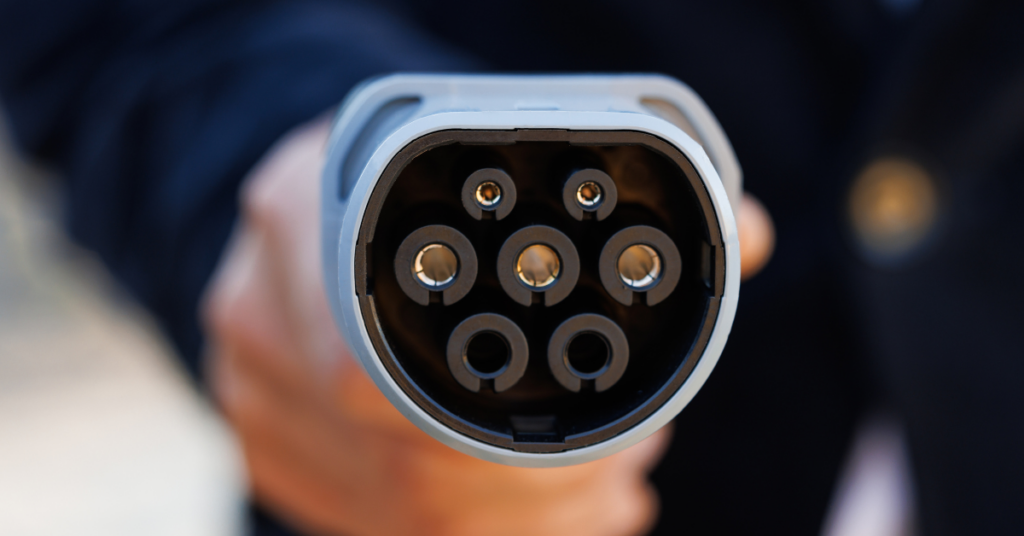Why is electric vehicle charging in apartment buildings important?
The choice to recharge the electric car at home unites most electric motorists, considering that 90 percent of recharging takes place in a private setting.
Charging at home is a trend that, European policies, also aim to support by means of directives such as theEBPD (Energy Performance Building Directive), to make member states remove obstacles to the installation of charging points in residential buildings and guarantee the so-called “right to connect” also to condominium buildings. The latter, in Italy, number over one million two hundred thousand and more than forty million inhabitants live there.
The installation of charging points in residential buildings, including apartment buildings, is an advantage in several respects:
- Safety: if you want to recharge from home, recharging by means of standardized devices, installed by experienced personnel, is far safer than using the portable charger, supplied with the car.
- Sustainability: enabling the widest access to charging at home by installing wallboxes is one of the main ways to actively support the feasibility of the transition.
- Real estate value: the property, already prepared for future needs, in line with community policies, increases its commercial value.
How can electric cars be recharged at home or in apartment buildings?
In apartment buildings but also in private car garages, vehicle charging often relies on alternating current (AC) charging infrastructure using so-called Mode3 charging.
Mode3 is the most chosen, as well as the most recommended, as it involves the use of wallboxes.
In fact, chargers such as Prism are critical in reducing the risk of damage to the electrical system and the car.
Power is transmitted to the car by cables, which have an integrated connector. For the residential context, the standard connector is Type2, for electric cars, and Type 3A, for light electric vehicles.
Insight: the standard TYPE 2 connector (Mennekes)
- Equipped with 7 contacts (5 power contacts: L1, L2, L3, N, PE and 2 communication contacts: PP (proximity)
- The Type 2 connector is the European standard for AC charging stations and is the connector most commonly used on electric cars by European electric vehicle manufacturers.
- This connector can be used for both single-phase and three-phase recharges
- Prism is the universal charger for electric cars also as the whole range has a type two connector.

How much does charging an electric car consume?
The energy consumption for a full charge of an electric vehicle depends mainly on the capacity of its battery. In general, the greater the capacity of the battery, the greater the energy consumption for a full recharge.
Electric cars on the market usually have battery packs with capacities ranging from 30 kWh to 80 kWh. This translates into real-world ranges of 250 to 500 km on a single full charge.
Always remember that these values may vary depending on the specific car model and driving conditions.
What are the obligations to install charging points in the condominium?
First of all, it is good to distinguish between a charging point for private use, i.e., owned and used by the individual, and a device for condominium use, thus governed by the condominium regulations.
Regarding the documents required for the installation of a charging point, the law* stipulates that the construction of charging points in private properties and areas, including those open to public use, remains a free activity not subject to authorization or certified report of commencement of activity if the following requirements and conditions are met:
- the charging point does not require any modification to the existing electrical system: if we are talking about domestic charging, in a single house/villa, there are no problems, however, if we refer to the protagonist of this article, then to the condominium, there is a consideration to be made. Condominium buildings are in fact counted among the systems above 6kW and, as provided by the Decree of the Ministry of Economic Development January 22, 2008, No. 37, in fact, require a design by a licensed professional registered with the professional association, according to the specific technical expertise required, whose burden falls from time to time on the condominium or condominium.
- The charging point meets current technical safety standards and complies with fire certifications.
- The installation of the charging point is carried out by a licensed person and in compliance with electrical safety regulations.As for Prism, we can offer you different solutions to install it in your home or condominium: you can make use of your trusted installer, or rely on one of our partners in the country.
- The ‘installation is completed with the issuance of a certificate of conformity of the system and its operation in compliance with electrical safety standards as required by Article 7 of Decree 37/2008.
Why is Prism Solar the perfect model for condominium charging?
Some models on the market, including our top-of-the-line Prism Solar, can also be installed in Clusters, that is, in groups of up to 30 units.
In addition, considering that one of the most critical aspects related to the installation of charging points in condominiums is the proper reporting of energy consumption, activating the charge.to.it service goes a long way toward simplifying this type of procedure.
Finally, with the Prism Solar model, it is possible to recharge in a green and cost-saving way. How? By harnessing the excess Solar energy produced by photovoltaics.
What if the PV system is condominium?
Even in the case of condominium systems, it is possible to use the electricity produced by the photovoltaic system, including with storage systems. In apartment buildings, in fact, the greatest energy demands normally occur in the evening. However, it is necessary that the production plant, charging infrastructure and possible storage system are subtended by the same POD.

Condominiums and state incentives for bonus columns
The most recent provisions on state incentives for the purchase and installation of charging stations stipulate that the beneficiaries of the bonus are both individuals and condominium owners, represented by the administrator pro tempore or condominium owner proxy, for the parts of common use.
For 2024, in fact, the Ministry will have the possibility to grant a subsidy equal to 80 percent of the purchase and installation price, up to a maximum limit of €1500 per individual applicant. In case of installation on the common parts of condominium buildings, the maximum limit that can be granted is raised to €8000.
Installation of columns and renovation, the cases:
In municipalities that have adapted the building regulations according to the latest regulatory requirements, some conditions relate to the installation of electric infrastructure for charging vehicles
New Construction: For new buildings, whether for non-residential use with a usable area of more than 500 square meters or for residential use with at least 10 residential units, it is mandatory to prepare the connection for the installation of charging infrastructure. This is a requirement for obtaining a building permit. In addition, each covered or uncovered parking space and each parking garage must be suitable for the installation of a charging infrastructure, and for residential buildings with at least 10 residential units, at least 20 percent of the parking spaces must have this provision.
Major Renovations: When an existing building undergoes major renovation (e.g., renovation of the heating system, exterior walls, roof, or roof waterproofing), if the work involves the building’s interior parking lot or electrical infrastructure, the requirement to set up vehicle charging connections is triggered.
Article sources.
Motus E,“Guide for Condominium and Private Recharges 2024,” June 2024

